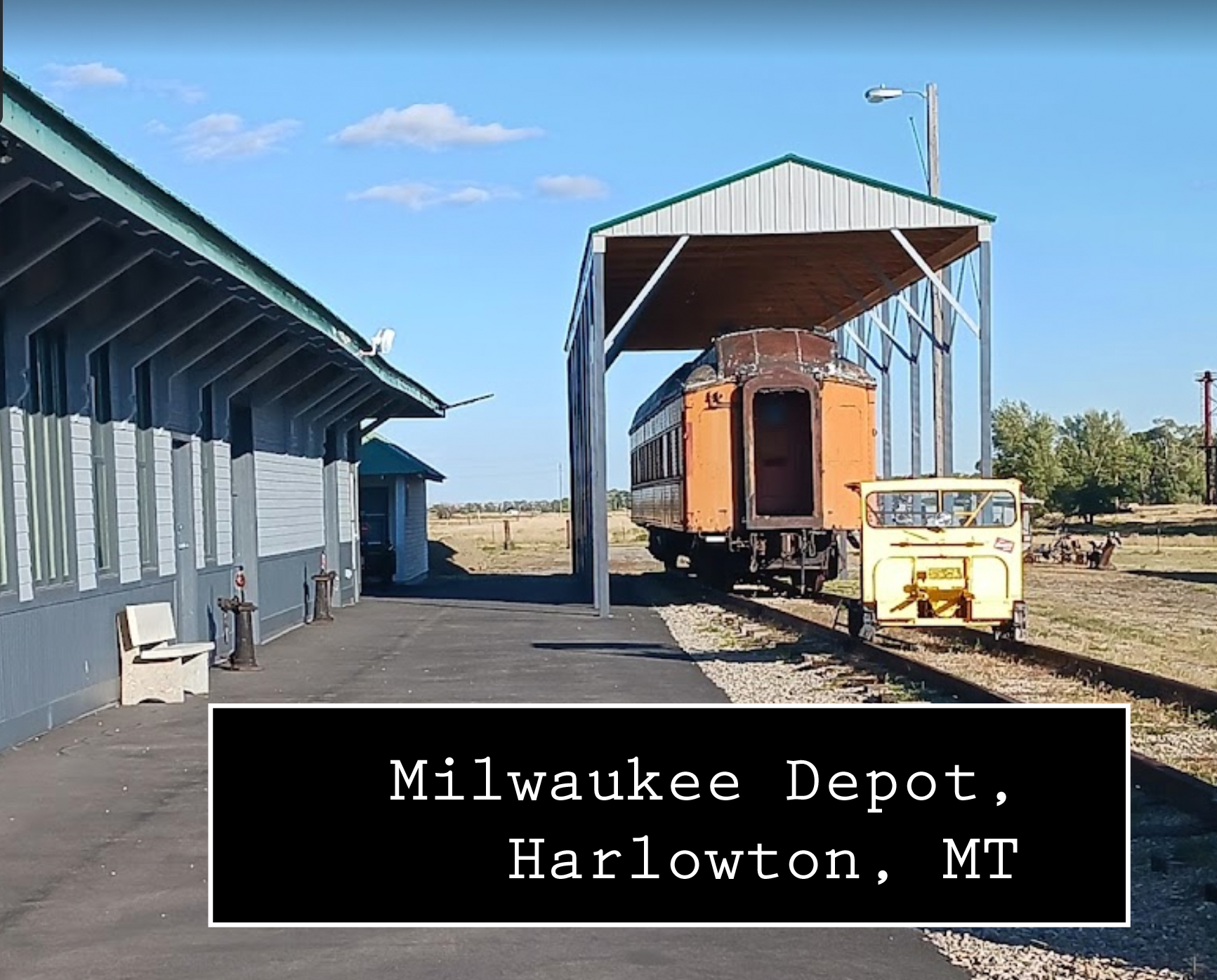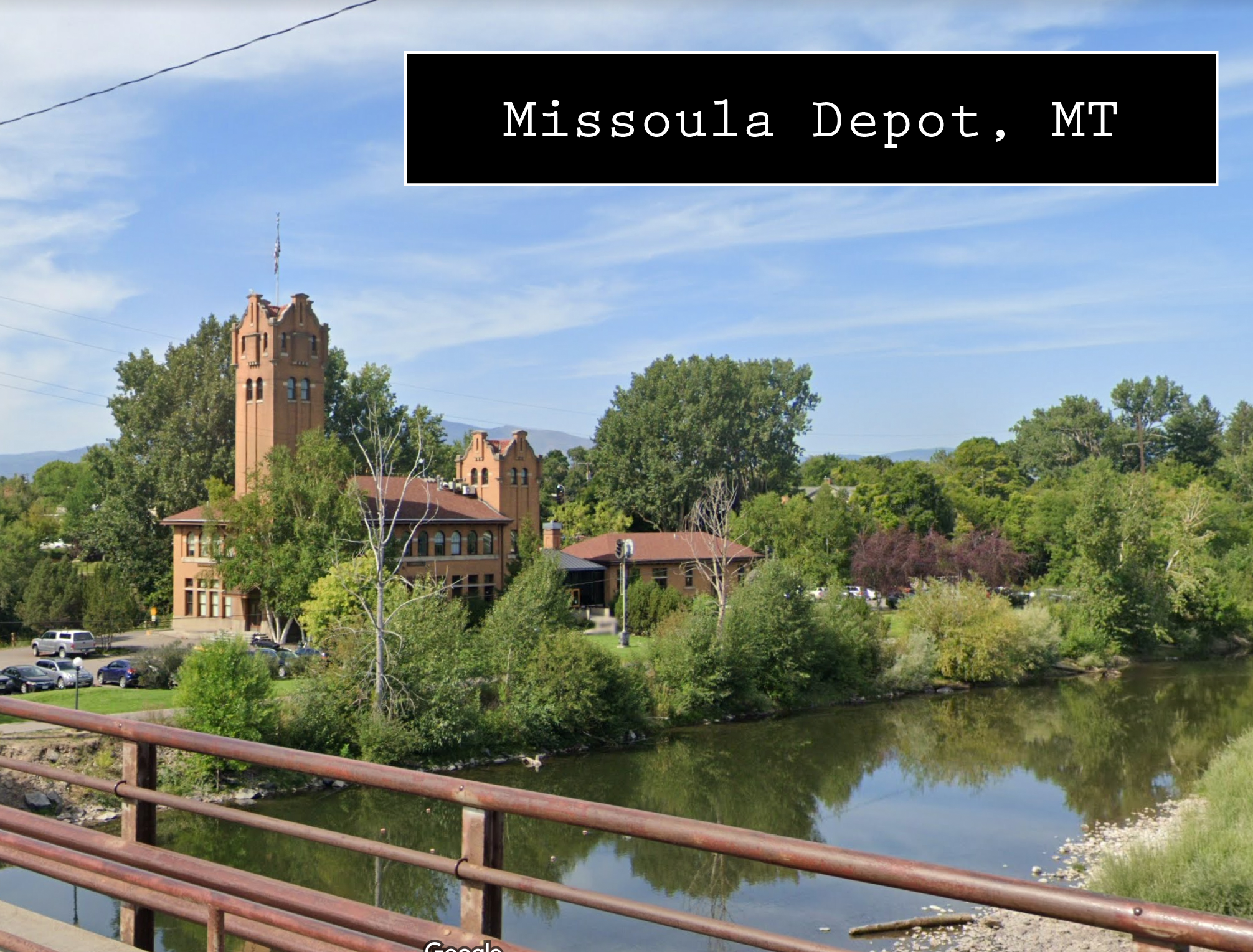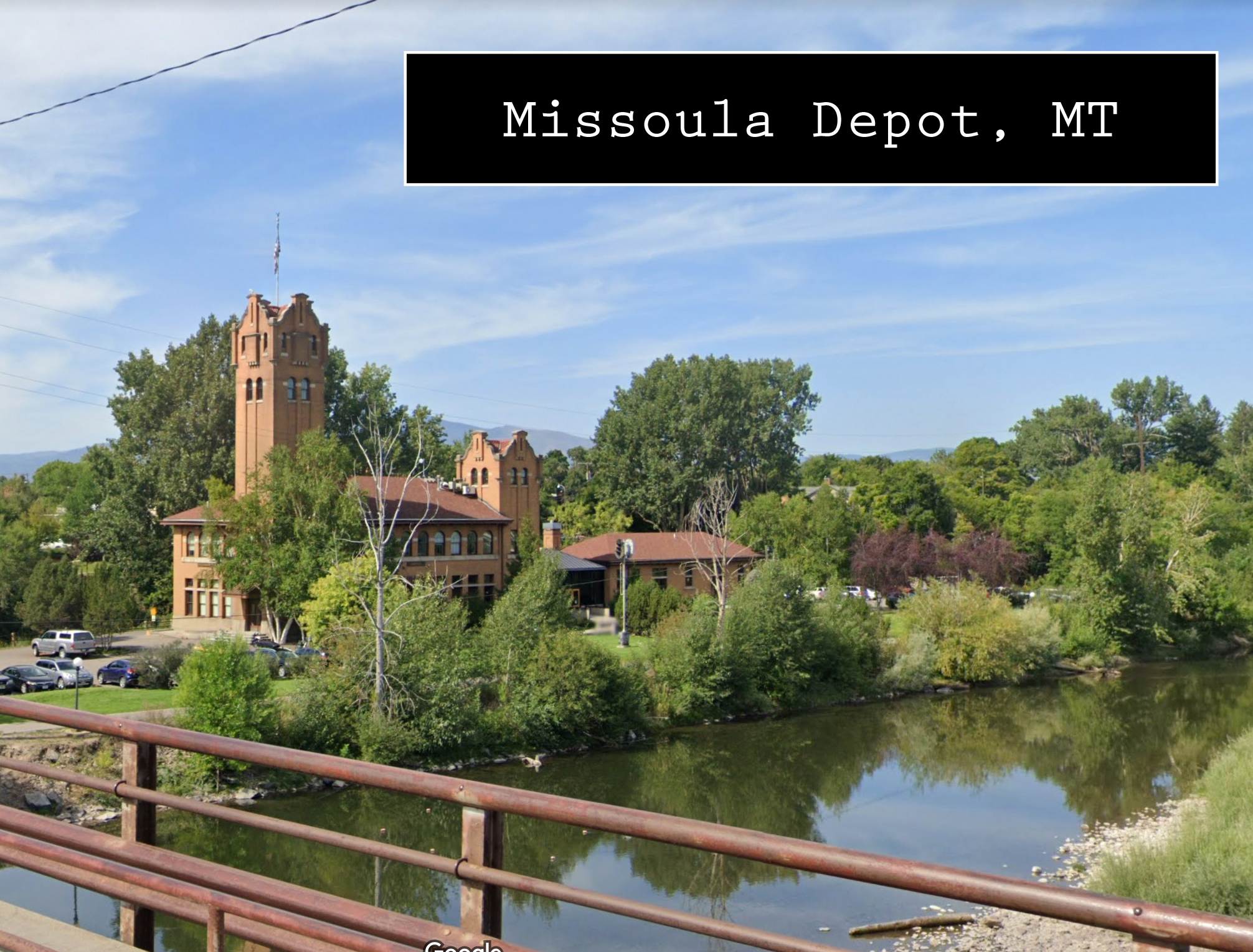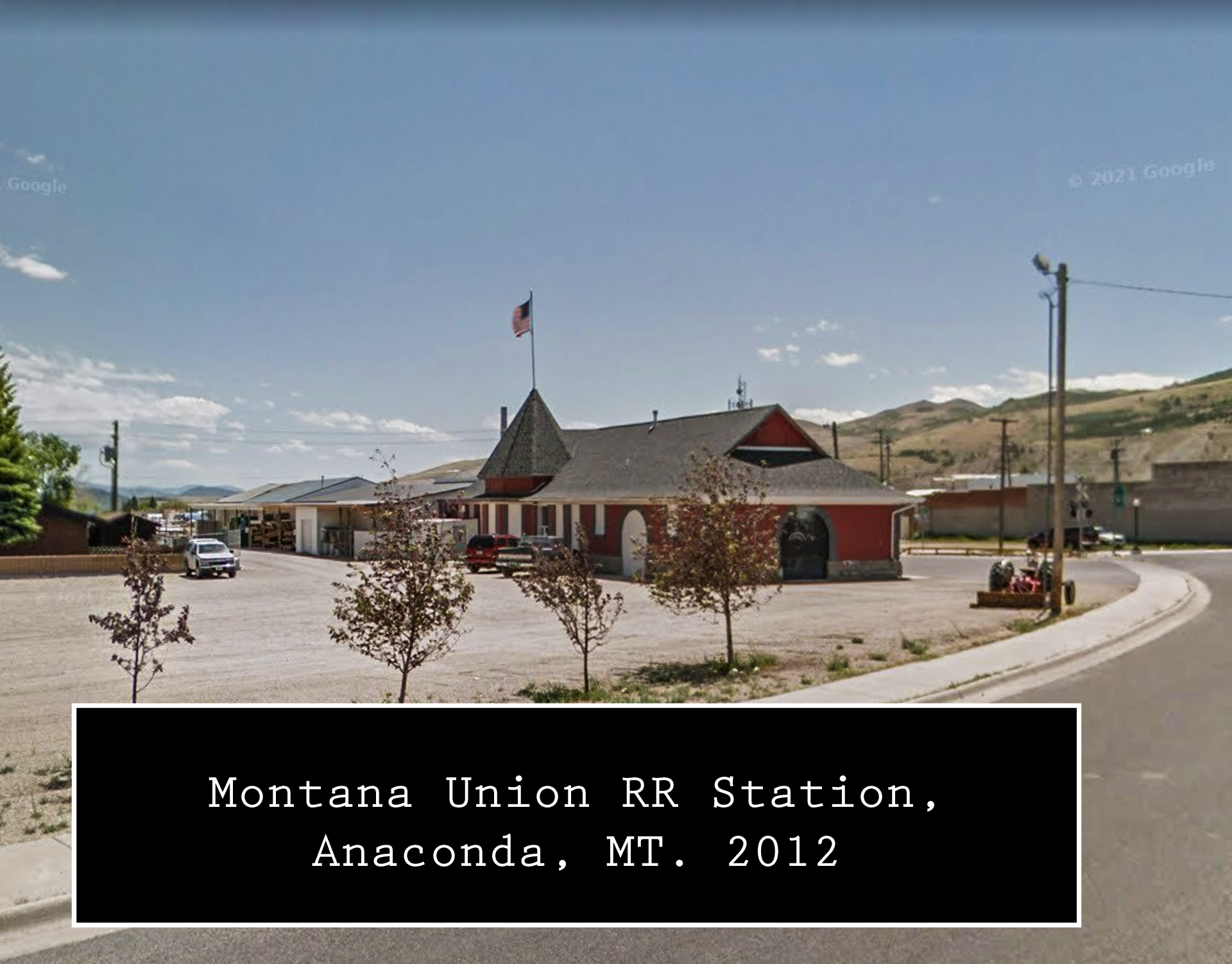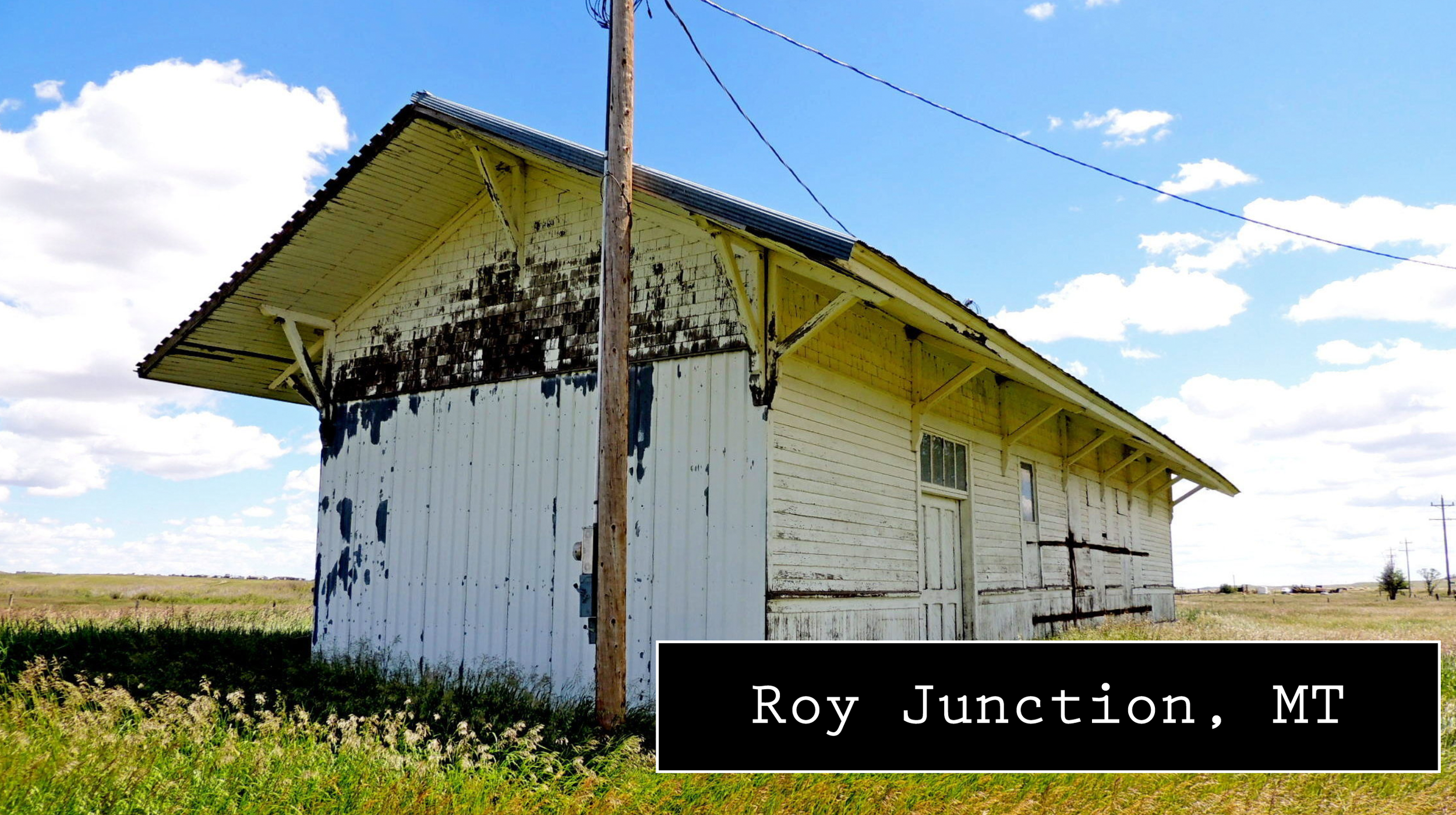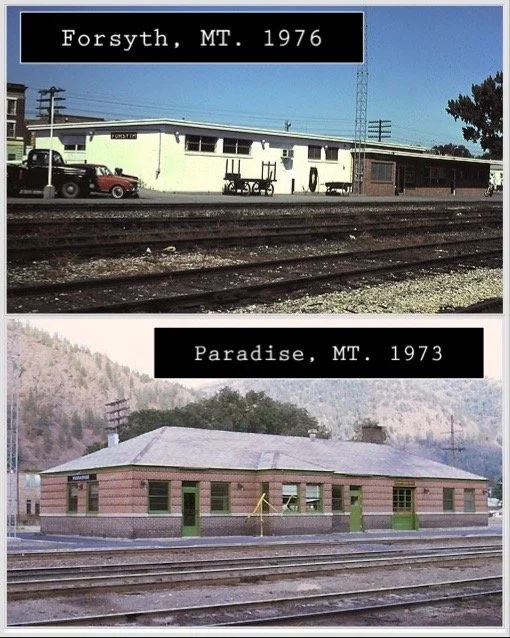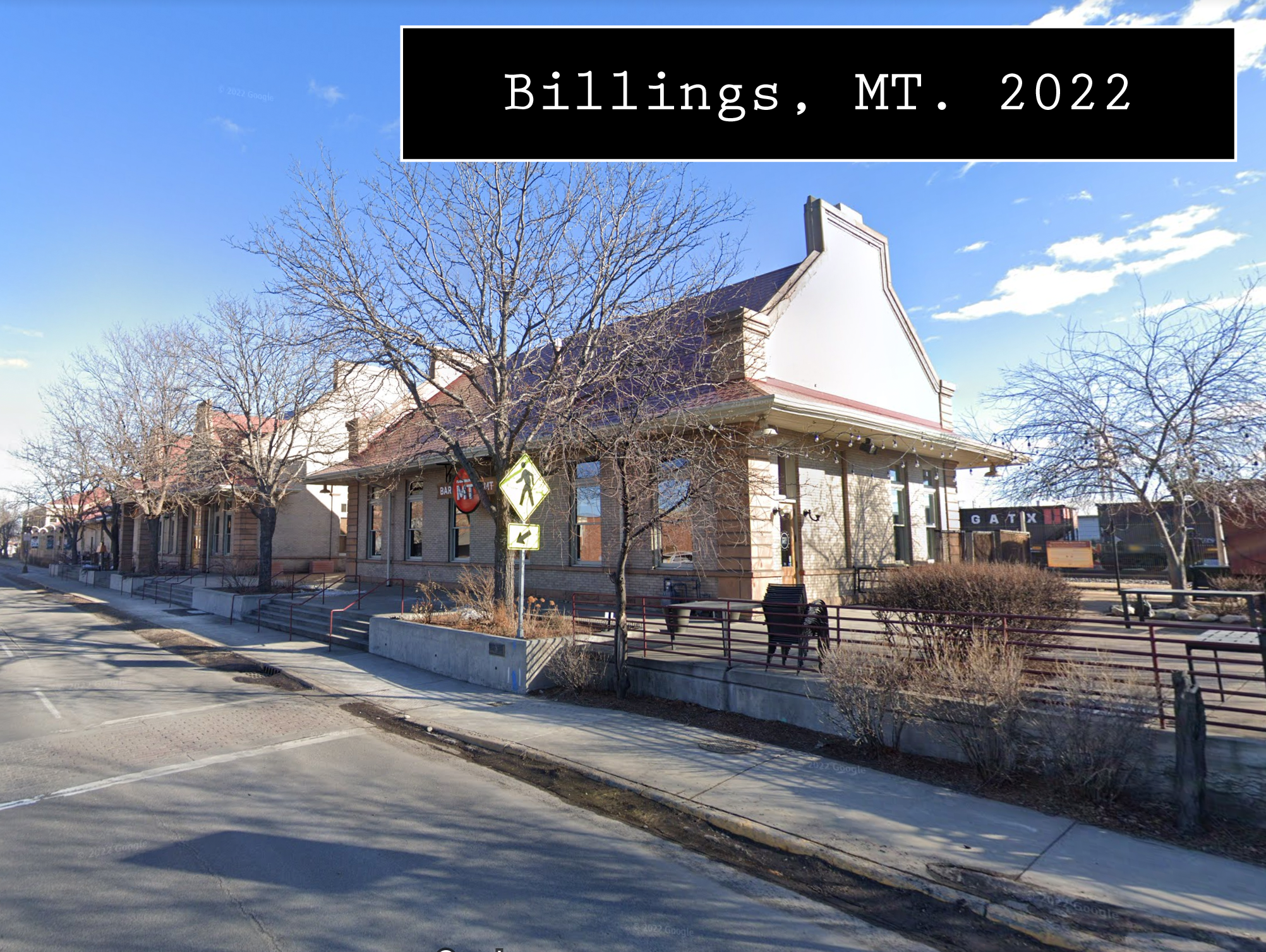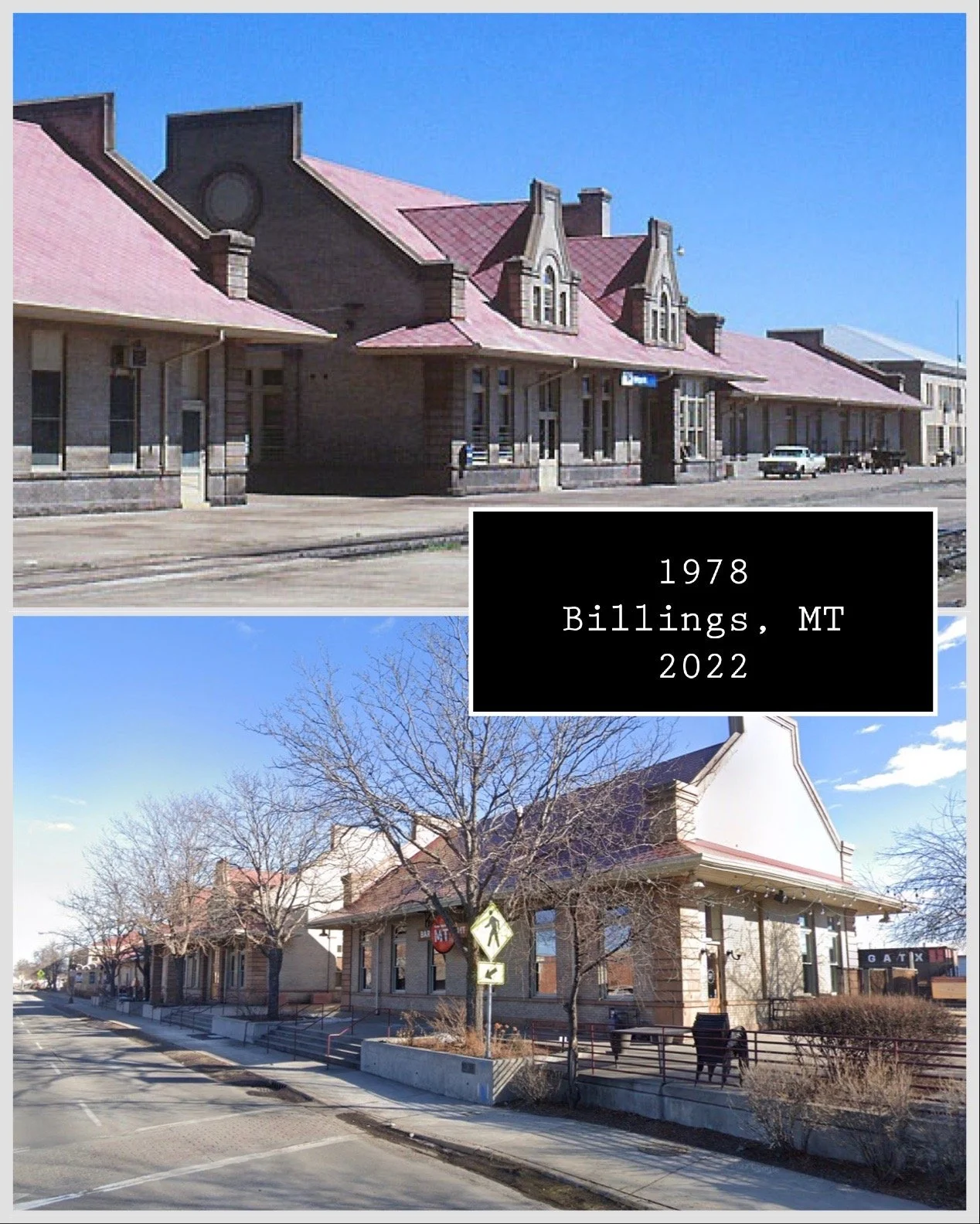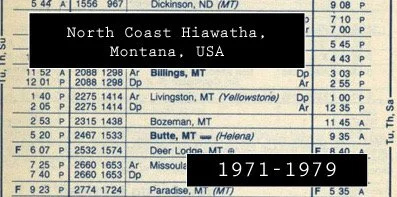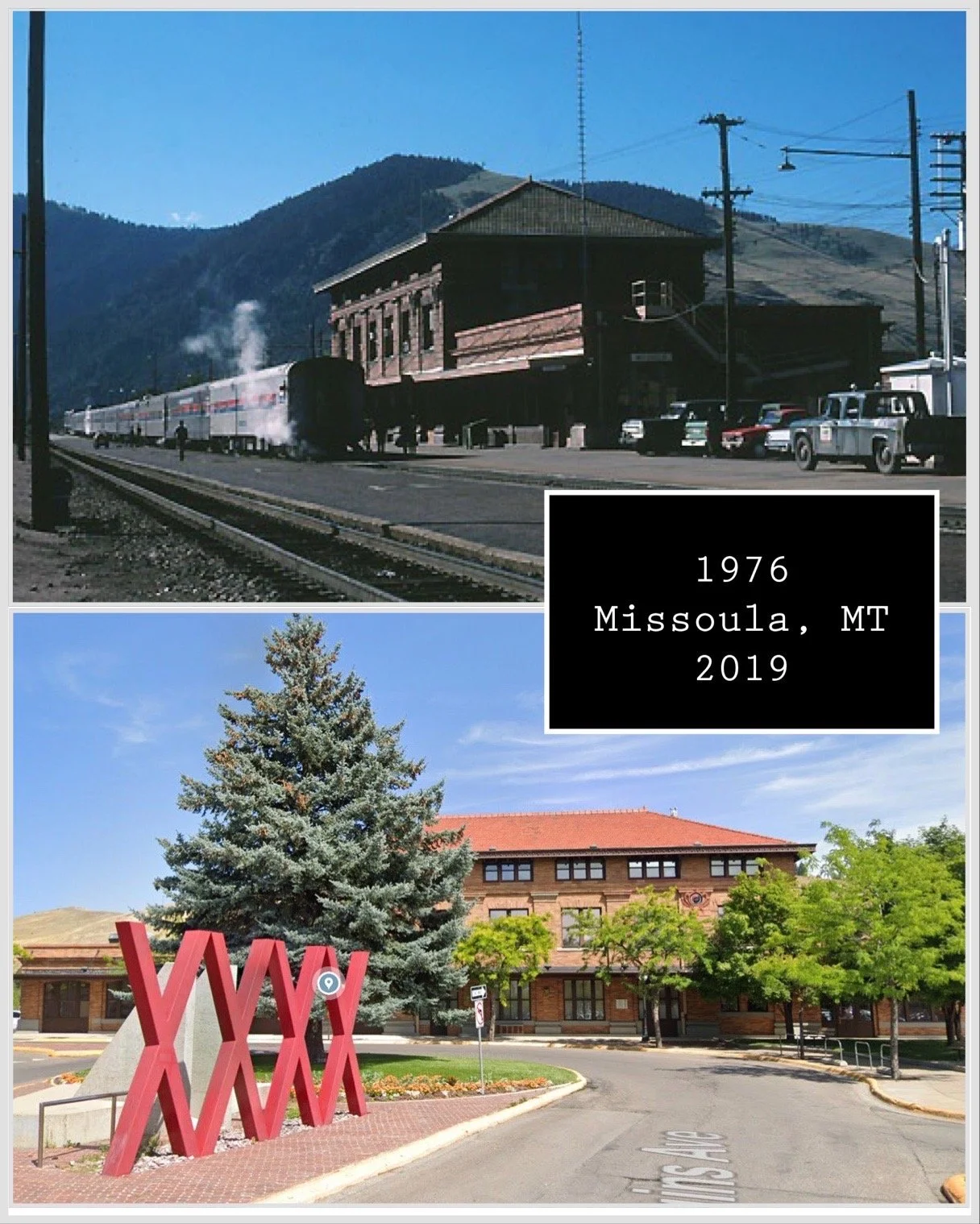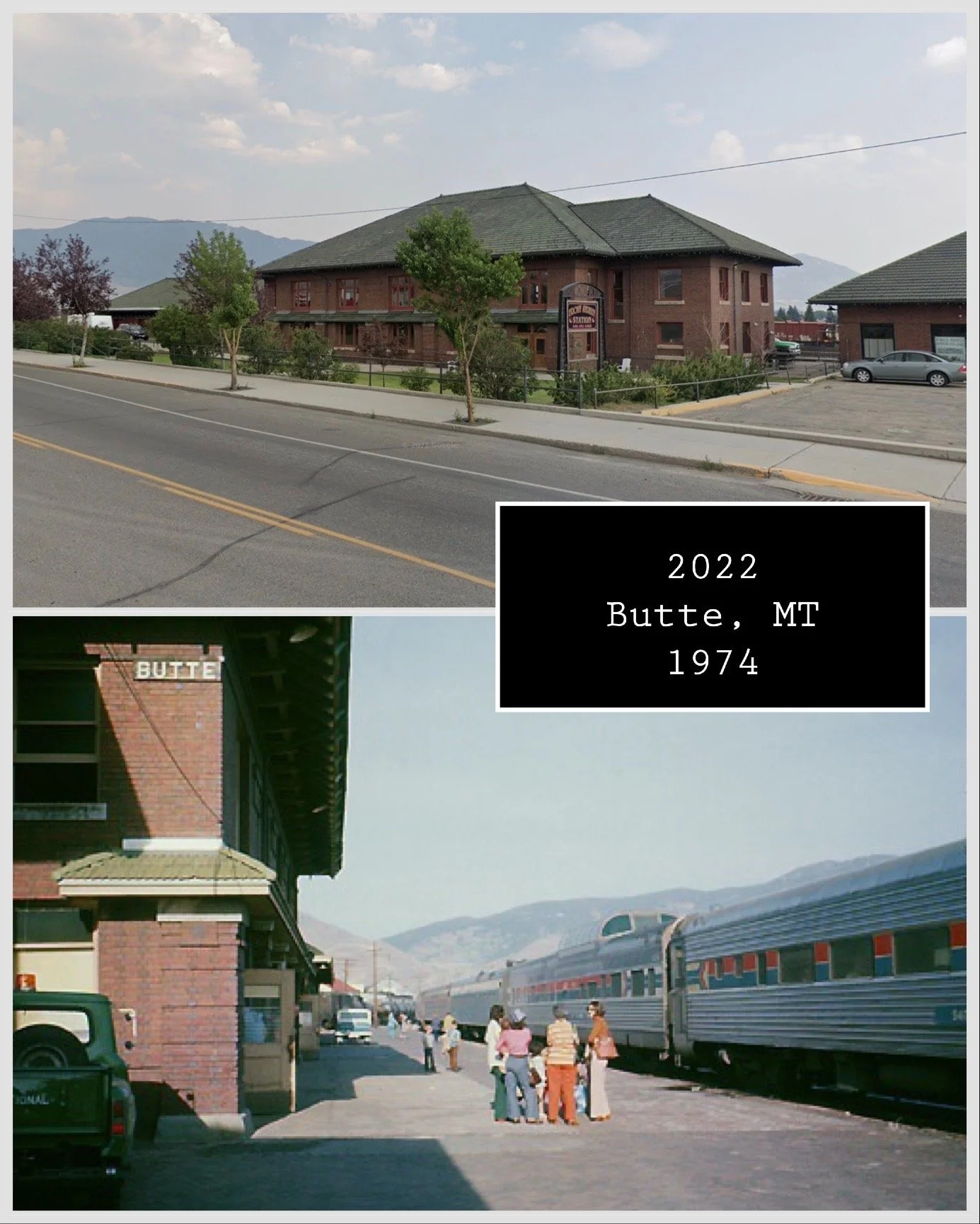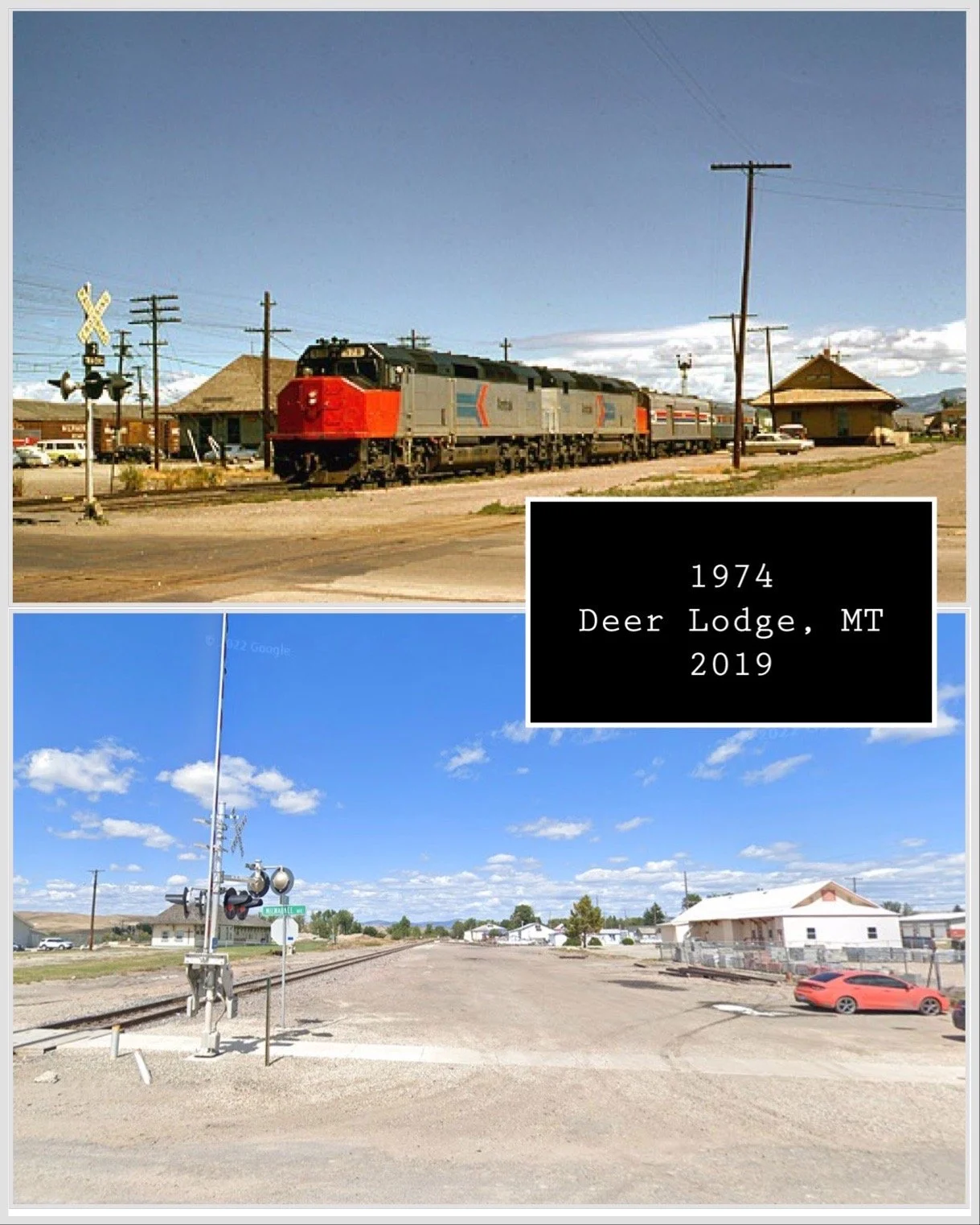Montana’s Southern Routes: Milwaukee Road & Hiawatha
The Historic “Milwaukee Road” //
The Chicago, Milwaukee, St. Paul, and Pacific RR, or better known as ’The Milwaukee Road’, was a wild ranging class I railroad that operated in the Midwest, High Plains, and Northwest region of the US from 1847 all the way til 1986. This historic rail line started and headquartered in Chicago and grew out slowly at first excompassing lines from Chicago to Milwaukee and slowing building out towards the Twin Cities METRO area. By the early 1900s the railroad extended to the Pacific Ocean with newly acquired land chartering rail from the Missouri River to Seattle and Tacoma.
The Montana Railroad formed the mainline routes through Sixteen Mile Canyon, as well as the North Montana line with extended to Lewistown. Specifically the route through Montana of the Milwaukee Rd is quite notable for stopping at many small towns reliant on the railroads for mobility and the economy. During this time as well on the Montana railways, The Gallatin Valley Electric Railway was built as an interurban line. This route extended from Bozeman to the mainline at Three Forks.
Operating conditions in the mountain regions of the Pacific Extension proved difficult. Winter temperatures of −40 °F (−40 °C) in Montana made it challenging for steam locomotives to generate sufficient steam. The line snaked through mountainous areas, resulting in "long steep grades and sharp curves". Electrification provided an answer, especially with abundant hydroelectric power in the mountains, and a ready source of copper in Anaconda, Montana. Between 1914 and 1916, the Milwaukee Road implemented a 3,000 volt direct current (DC) overhead system between Harlowton, Montana, and Avery, Idaho, a distance of 438 miles (705 km). Pleased with the result, the Milwaukee electrified its route in Washington between Othello and Tacoma, a further 207 miles, between 1917 and 1920.
Between 1974 and 1977, the Milwaukee Road lost $100 million, and the company filed for its third bankruptcy in 42 years on December 19, 1977 as consolidation was the only course of action. By 1980, The Milwaukee Road abandoned its Pacific Extension, which included tracks in Montana, Idaho, and Washington.
Amtrak North Coast Hiawatha: Montana’s Southern Rail //
The North Coast Hiawatha was a streamlined passenger train operated by Amtrak between Chicago, Illinois, and Seattle, Washington. The service ran from 1971 to 1979 and its name is a combination of North Coast Limited and Hiawatha, a Chicago, Milwaukee, St. Paul and Pacific Railroad (Milwaukee Road) train whose route termination tracked east of Minneapolis–St. Paul. Even though this line went through the northern portion of the United States, This line snaked through the southern, historically more populated portion of Montana (Billings, Bozeman, Missoula) and was, for many, the only connection to the outside world in that region of the country. This early Amtrak route served Montana stations including stops in; Glendive, Miles City, Forsyth, Billings, Livingston, Bozeman, Butte, Deer Lodge, Missoula, and Paradise.
The end of the North Coast Hiawatha severed much of the populated portion of Montana from the national rail network and over the years there have been periodic attempts to restore service in these areas. In December 2020, twelve Montana counties formed the Big Sky Passenger Rail Authority (BSPRA), the first entity to have railway authority powers under Montana state law. In June 2021, Senator Jon Tester (D-Montana) added an amendment to the Surface Transportation Investment Act of 2021 which requires the Department of Transportation (not Amtrak itself) to evaluate the restoration of discontinued long-distance routes including the North Coast Hiawatha. The bill passed the Senate Commerce Committee with bipartisan support. and was later rolled into President Biden's Infrastructure Investment and Jobs Act, which was passed into law in November 2021. The report must be delivered to Congress within two years. The law also provides $2.4 billion in new funds to Amtrak's long-distance route network.


